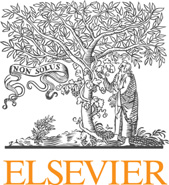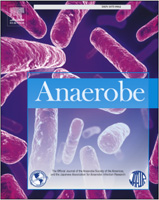Banner health system
MEMORANDUM Banner Baywood Medical Center and Banner Heart Hospital Physicians and Nursing Staff Dr. Wendy McLaughlin, MD - Laboratory Medical Director, BBMC Dr. Lucyna Boyle, MD – Laboratory Medical Director, BHH July 18, 2011 SUBJECT: New Laboratory Tests for Determining Patient Response to Plavix or Aspirin On July 21st, 2011, the clinical laboratory will beg

 Spiramycin resistance in human periodontitis microbiota
Thomas E. Rams Sebastien Dujardin Jacqueline D. Sautter , John E. Degener ,Arie J. van Winkelhoff ,
a Department of Periodontology and Oral Implantology, and Oral Microbiology Testing Service Laboratory, Temple University School of Dentistry, 3223 North Broad Street,Philadelphia, PA 19140, USAb Department of Microbiology and Immunology, Temple University School of Medicine, 3500 North Broad Street, Philadelphia, PA 19140, USAc Center for Dentistry and Oral Hygiene, Department of Oral Microbiology, University Medical Center Groningen, University of Groningen, Antonius Deusinglaan 1,9713 AV Groningen, The Netherlandsd Department of Medical Microbiology, University Medical Center Groningen, University of Groningen, Hanzeplein 1, 9713 GZ Groningen, The Netherlands
Purpose: The occurrence of in vitro resistance to therapeutic concentrations of spiramycin, amoxicillin,
and metronidazole was determined for putative periodontal pathogens isolated in the United States.
Spiramycin resistance in human periodontitis microbiota
Thomas E. Rams Sebastien Dujardin Jacqueline D. Sautter , John E. Degener ,Arie J. van Winkelhoff ,
a Department of Periodontology and Oral Implantology, and Oral Microbiology Testing Service Laboratory, Temple University School of Dentistry, 3223 North Broad Street,Philadelphia, PA 19140, USAb Department of Microbiology and Immunology, Temple University School of Medicine, 3500 North Broad Street, Philadelphia, PA 19140, USAc Center for Dentistry and Oral Hygiene, Department of Oral Microbiology, University Medical Center Groningen, University of Groningen, Antonius Deusinglaan 1,9713 AV Groningen, The Netherlandsd Department of Medical Microbiology, University Medical Center Groningen, University of Groningen, Hanzeplein 1, 9713 GZ Groningen, The Netherlands
Purpose: The occurrence of in vitro resistance to therapeutic concentrations of spiramycin, amoxicillin,
and metronidazole was determined for putative periodontal pathogens isolated in the United States.